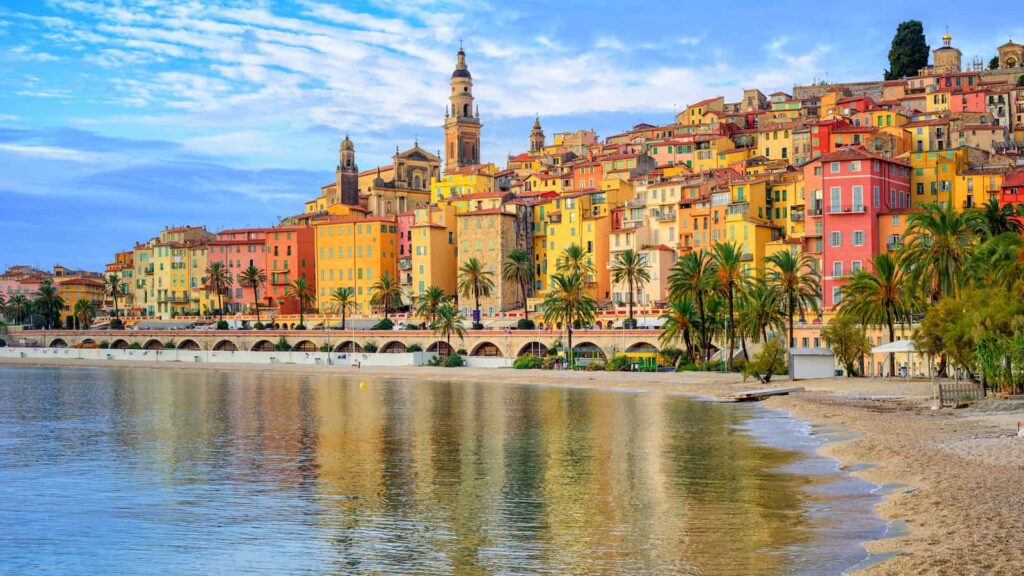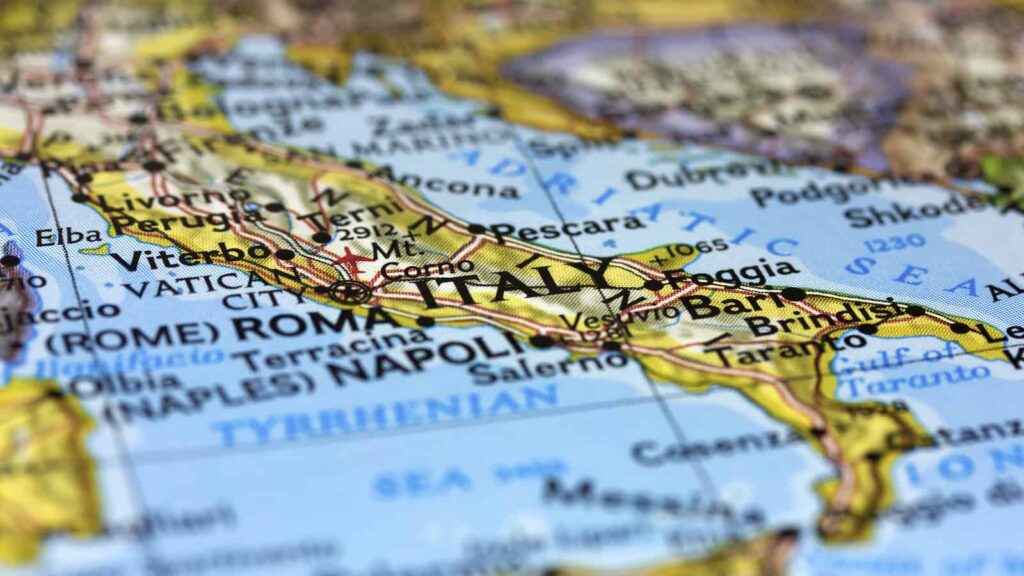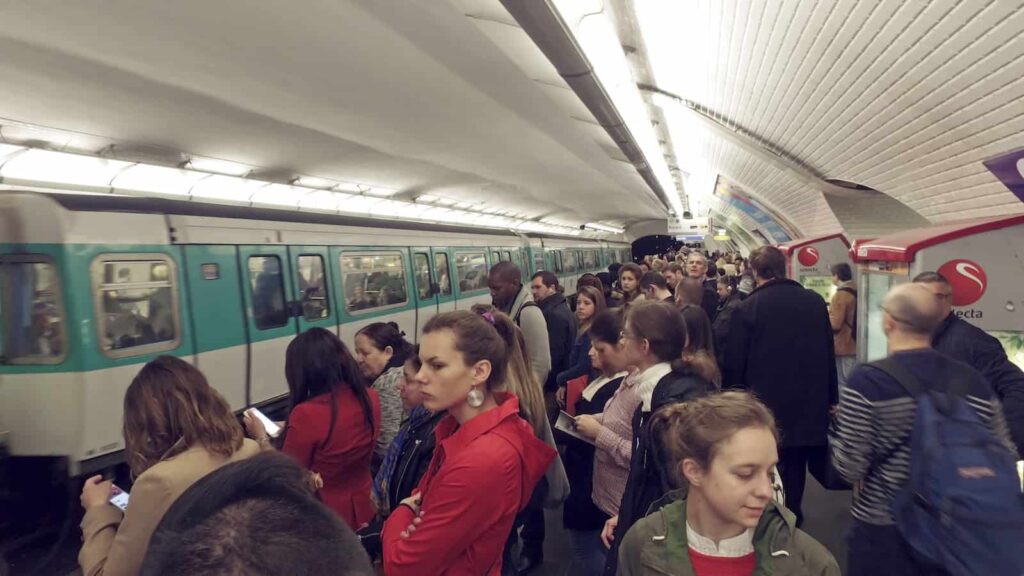Americans Visiting Europe Cannot Believe These 12 Cultural Things
Americans Visiting Europe Cannot Believe These 12 Cultural Things

When Americans visit Europe, they often encounter cultural practices that are quite different from what they’re used to at home. From public amenities to dining customs, these differences can be quite a culture shock. Here’s a look at some of the most surprising aspects of European culture from an American perspective.
1. Paying to Pee When on the Go

One of the more surprising things for Americans in Europe is the need to pay to use public restrooms, especially at gas stations and train stations. Carrying small change becomes essential as “needing to pay a euro to use the bathroom” is a common occurrence.
2. Everything is Old

Americans are often amazed by the age of European architecture and infrastructure. From ancient buildings to centuries-old metro systems, the historical ambiance is starkly different from the relatively newer developments in the U.S. “Wow, this subway has been running longer than our oldest city!” might be a typical reaction.
3. Drying Laundry Outside or on a Rack

In Europe, it’s common to see laundry drying on outdoor lines or indoor racks, rather than using electric dryers which are the norm in the U.S. Americans might be surprised by how energy-saving and practical hanging clothes to dry can be. “I guess I’ll hang these to dry on the balcony,” becomes a new routine.
Read More: 11 American Habits French People Should Adopt
4. Eating Lunch and Dinner Sitting Down

In contrast to the often fast-paced, on-the-go meal culture in the U.S., Europeans tend to take their time and sit down for lunch and dinner. This practice emphasizes the social aspect of meals, where eating is as much about conversation as it is about food.
5. Having at Least 30 Min to an Hour to Eat Lunch

The leisurely pace of European lunch breaks can be a shock to Americans used to quick bites. In many European countries, it’s normal to have a lunch break lasting at least 30 minutes to an hour, allowing time to relax and enjoy the meal.
6. No Air Conditioning Everywhere

Unlike the U.S., where air conditioning is nearly ubiquitous, many places in Europe lack widespread air conditioning. Americans visiting during summer months might find themselves sweating more than expected, especially in older buildings and public transit.
7. No Ice in Drinks Unless Asked

Americans used to ice-cold drinks might find the European habit of serving beverages with little or no ice quite different. In Europe, if you want ice, you often have to specifically ask for it. “Could I get some ice with that?” becomes a frequent request.
Read More: The Top 9 States Americans Are Moving Out From In Droves
8. How Close Every Country Is

Europe’s compact geography surprises many Americans. The proximity of different countries makes international travel much easier and quicker compared to the vast distances in the U.S. “We can just drive to another country for lunch?” is a thrilling possibility for many American visitors.
9. Public Transportation to Cross Countries

The extensive network of trains and buses across Europe makes cross-country public transportation a viable option. This is a stark contrast to the U.S., where such trips are more commonly made by car or plane. “We’re taking the train from Paris to Berlin!” showcases the convenience and efficiency of European travel.
10. How Walkable Cities Are

Many European cities are designed to be highly walkable, with dense urban cores that are easy to explore on foot. This contrasts with the car-centric cities common in the U.S. Americans might find the ease of walking from place to place both enjoyable and efficient. “Let’s just walk there; it’s only a few blocks,” becomes the norm rather than the exception.
10 American Things Europeans Are Jealous Of (Sometimes)

Read More: 10 American Things Europeans Are Jealous Of (Sometimes)
12 American Dress Code Rules In High School That Shock Europeans

Read More: 12 American Dress Code Rules In High School That Shock Europeans
16 Unique American Traditions That Leave Foreigners Baffled

Read More: 16 Unique American Traditions That Leave Foreigners Baffled
We are Mary and Eric, the founders of Be Right Back, a blog dedicated to romance around the globe and at home.
We are Mary and Eric, the founders of Be Right Back, a blog dedicated to romance around the globe and at home. With over 10 years of experience in dating and traveling to romantic places, we share our favorite date ideas and romantic destinations to help couples level up their relationships. Having lived in and traveled through the USA, we also share our favourite things to do in the States.
With 70,000 monthly readers and 16,000 followers on social media, Be Right Back is your go-to resource for romantic trip ideas and couple activities at home and abroad.
